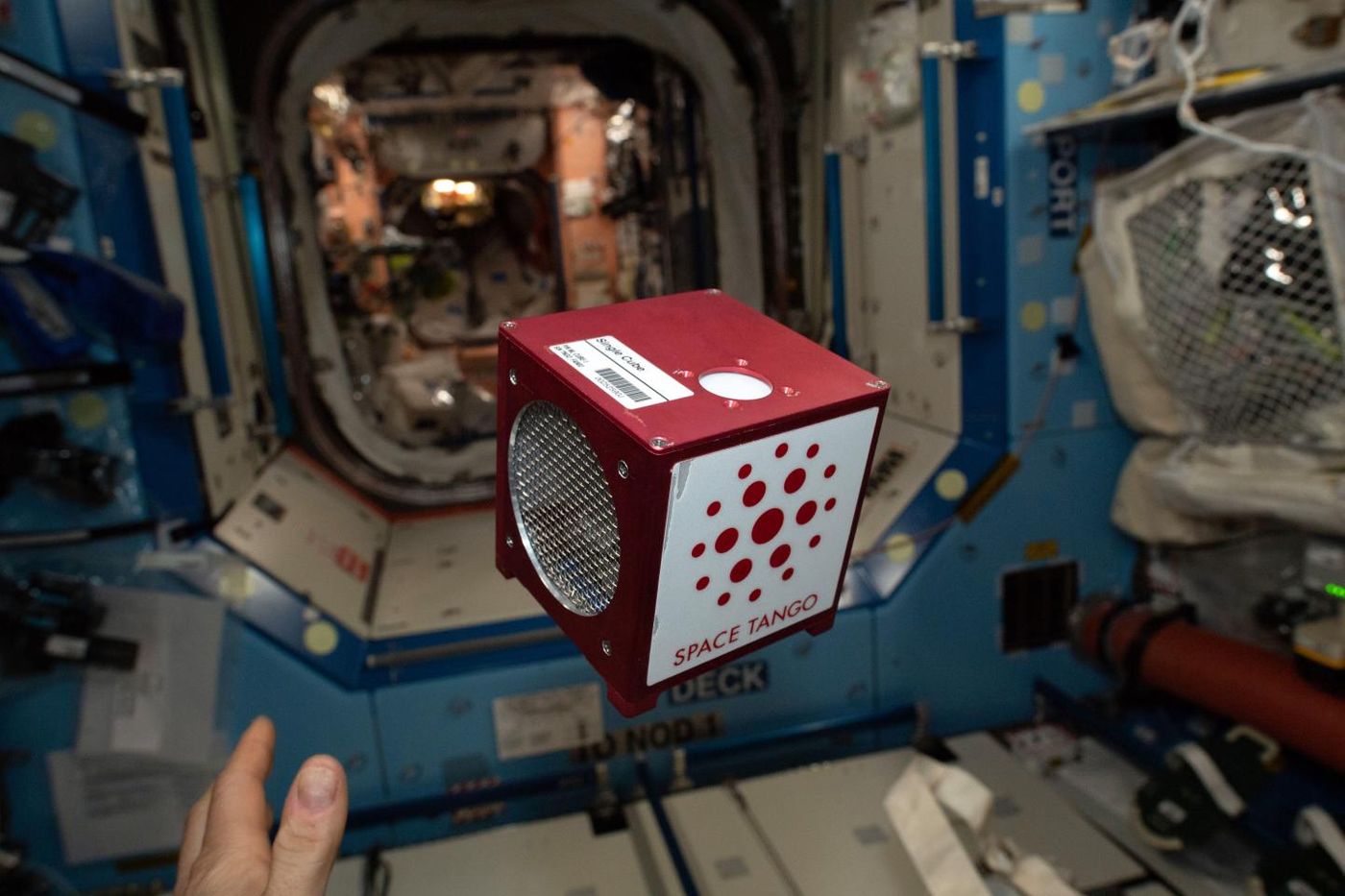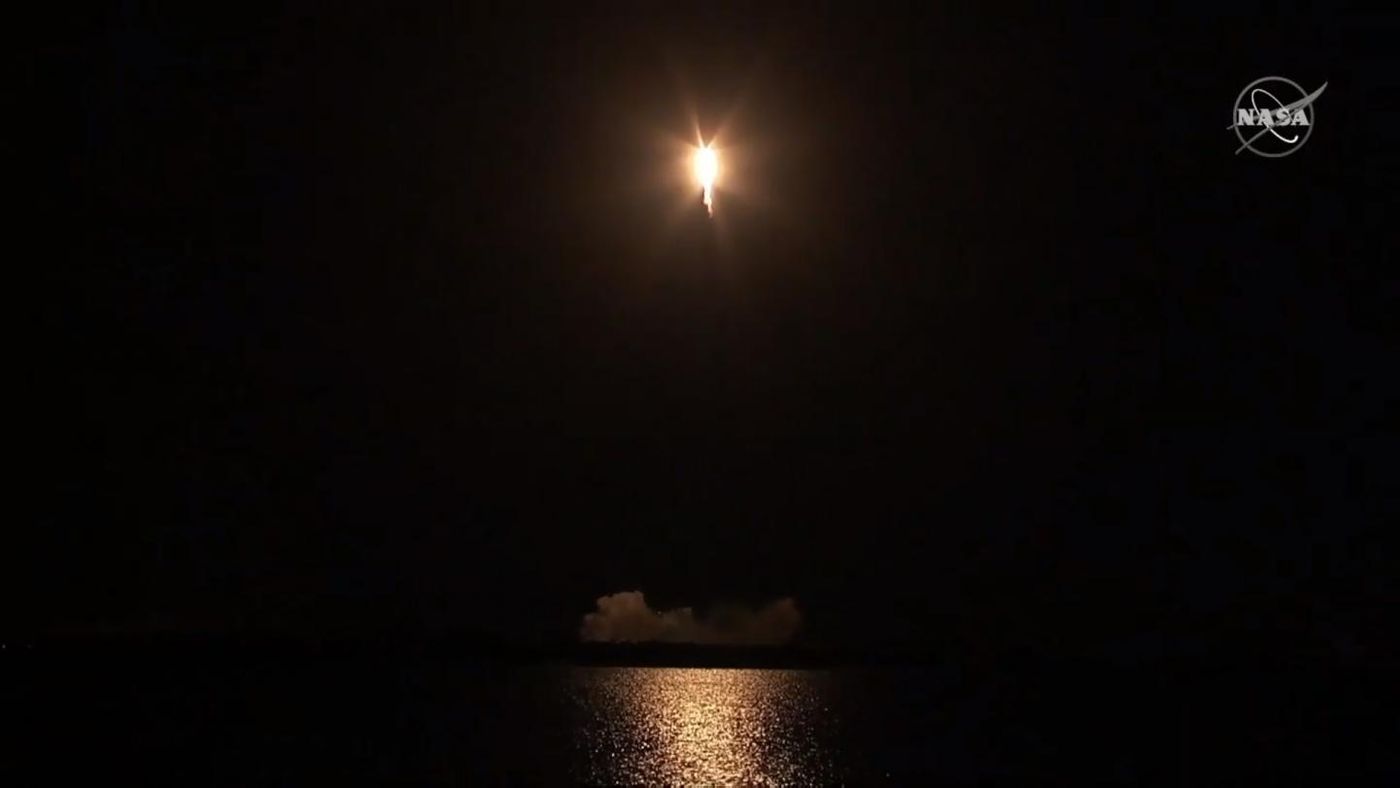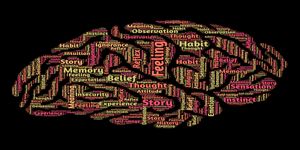Generating Human Tissues in Space
Researchers from the University of Zurich (UZH) are studying how weightlessness impacts the production of human tissue. They sent 250 tubes of adult human stem cells to the International Space Station (ISS) on a resupply mission by Space X. The stem cells are programmed to develop into various types of tissue including bone and cartilage. The scientists want to know more about how an environment with no gravity can improve precision medicine and transplantations.
"We are using weightlessness as a tool," explained Dr. Cora Thiel of the UZH Space Hub. Gravity can influence the differentiation of stem cells and tissue organization. It's thought that as cells specialize into a type, they spontaneously form organized, three-dimensional tissues without needing auxiliary structures.
This effort will take place in a small module that contains the stem cells in a sterile environment at a stable temperature. If the test works, the work will be scaled up and eventually, used to create tissue for use in medicine, like cartilage or liver cells for transplants.
"Artificially produced autologous human tissue could be used to determine which combination of drugs is the most suitable for the patient in question. In addition, human tissue and organ-like structures produced in space could help to reduce the number of animal experiments," said Professor Oliver Ullrich.
Airbus will be providing some support to the project. They have coordinated access to the ISS, the movement of the tubes and support equipment on the ground. Ulrich and Thiel have designed the study and will conduct the research work with their staff.
"In space projects, the main cost drivers are the custom-made hardware and the bureaucracy," said Ullrich, Director of the UZH Space Hub. He uses equipment that is already established and used in medicine to keep costs low. "In a few decades, humankind will use the low Earth orbit as a routine place for research, development, and production."
Sources: AAAS/Eurekalert! via University of Zurich










